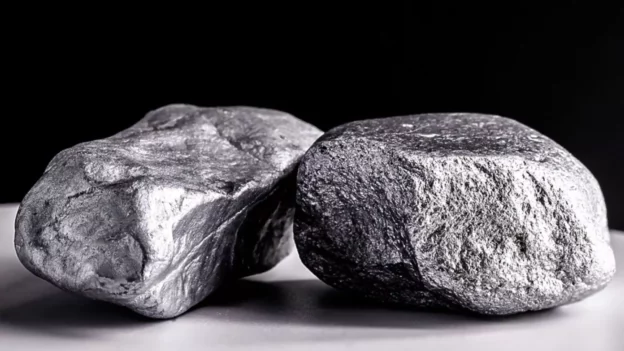Research carried out by the team that manages the ChemCam instrument, attached to NASA’s Curiosity rover , has discovered a considerable presence of manganese on Mars , specifically in the sedimentary rocks of Gale Crater.
The mystery of manganese on Mars
Patrick Gasda, a scientist in the Space Sciences and Applications group at Los Alamos National Laboratory, commented that the formation of manganese oxide is an unusual phenomenon on Mars . This finding is surprising, given that the team did not anticipate high concentrations of this element in an area that was presumed to have once been underwater.
On the other hand, Gasda explained that on our planet Earth, this phenomenon is quite common due to the abundance of oxygen generated by organisms that carry out photosynthesis and microorganisms that facilitate the oxidation of manganese. However, on Mars, where the past or current presence of life is not yet confirmed, and the methods of oxygen production in its primitive atmosphere are uncertain, the origin and concentration of manganese oxide raises big questions.
This discovery suggests that there may be atmospheric or aquatic processes on Mars that we do not yet fully understand, and that the study of oxidation on the planet requires further investigation.
ChemCam’s role in manganese discovery
The discovery process was made possible thanks to technology developed by Los Alamos and the French space agency CNES . ChemCam, which uses a laser to vaporize rocks and analyze the resulting plasma, allowed the team to examine various types of sediments in the crater. The analyzes revealed that the sands, due to their porosity, facilitate the movement of groundwater more than the compact muds of the lake beds, which could have contributed to the enrichment of manganese in these deposits.
The relevance of manganese on Mars could extend beyond planetary geology and chemistry. If life ever existed on the Red Planet, high concentrations of manganese could have served as a vital energy source for microbial life forms , similar to how some terrestrial bacteria use this element for energy.
This parallel with Earth reinforces the importance of continuing to explore Mars, not only to understand its geological history, but also to evaluate its potential habitability.
Follow us on social networks and don’t miss any of our publications!
Inspenet.com YouTube LinkedIn Facebook Instagram X
Source: Meteored
Photo: Shutterstock

